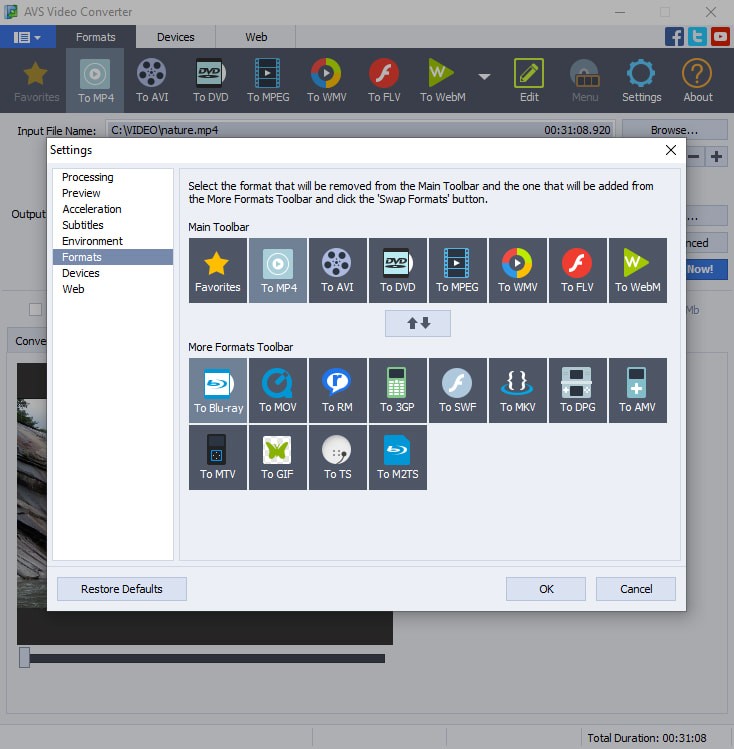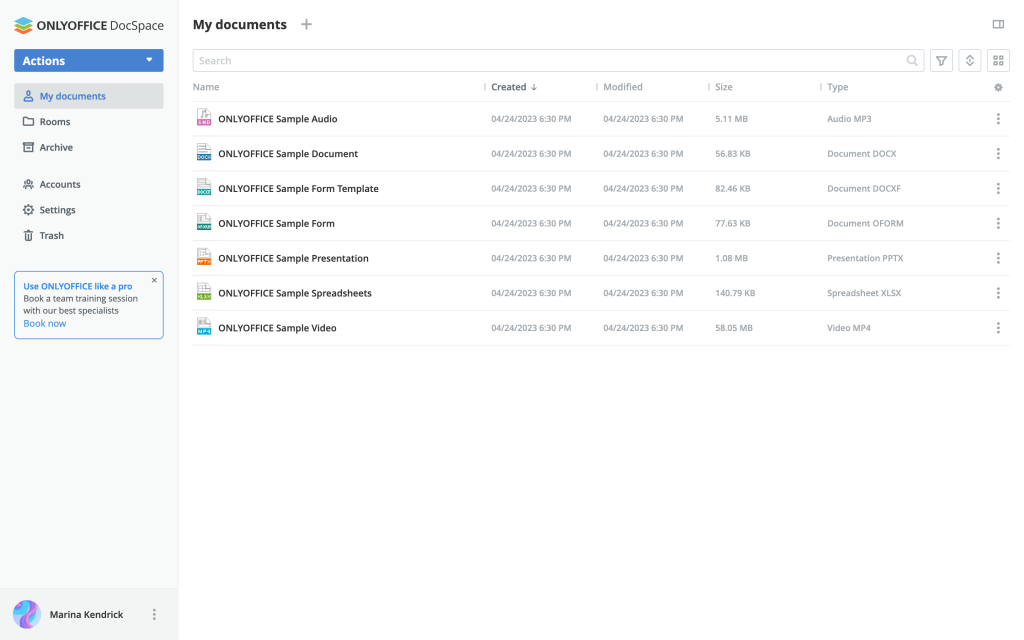
Sharing large video files over email can be problematic because email platforms like Gmail, Yahoo, and Outlook have strict size limits for attachments (usually around 20-25 MB).
In this article, we’ll explore the best ways to send videos per mail even if they exceed the size limit.
Method 1. Compress video in AVS Video Converter
Compression helps reduce large video file size to meet attachment restrictions of the most popular email providers. AVS Video Converter is a free Windows application for compression.

- Open AVS Video Converter and click the Browse button next to the Input File Name field. Choose the video file you want to compress.
- Go to the Formats tab in the main toolbar.
- To change the format as well as reduce the size, refer to this guide on the smallest video formats. We recommend the widely supported extension MP4.
- Specify where you want to save the compressed video and click Convert Now.
Get AVS Video Converter today — it’s free:
Please note that video compression can sometimes reduce video quality. We recommend to use compression for shorter videos that are only slightly over the email provider’s limit.
Method 2. Email link to video on a cloud storage
Another option to share a video per mail is to send recipients a link to your file. Beforehand, you need to upload the file to a secure cloud platform, for example free ONLYOFFICE DocSpace.

- Sign up or log in to your ONLYOFFICE DocSpace account.
- Go to My Documents and click + to upload a video file.
- Once the video is uploaded, click on it to open the file details. Look for the Share or Sharing Settings option.
- Generate a shareable link for the video file.
- Send the link per email.
Get your free ONLYOFFICE DocSpace today — it’s a secure way to share any files.
Note: email services can identify links as spam and they will not reach the inbox of your friends. Ask recipients to check the spam folder — the shareable link could land there.
Is sharing videos per email a good idea?
Email can be a secure way to send smaller videos. However, when it comes to larger AVI footages and longer cuts, mail is not the best option.
Here are some reasons why.
Size limits
Email services mostly have size limits for attachments of about 20-25 MB. If your video file exceeds this limit, it won’t attach directly to the mail. Gmail may automatically convert it into a Google Drive link, while other platforms may reject it altogether.
Compare attachment size limits of the most trusted providers worldwide:
- Gmail: 25 MB
- Yahoo: 25 MB
- Outlook: 20 MB
- Mail.com: 30 MB (100 MB for Premium users)
- AOL: 25 MB
To preserve storage space and bandwidth, email providers need to roll out attachment restrictions that can seem really tough for users.
Risk of inbox overload
Sending large files via email can contribute to inbox clutter. Overloaded inboxes make it harder to find important content and can slow down email performance.
File corruption
Large files are more prone to corruption during the transfer process. Corrupt files become unusable, causing frustration for both sender and recipient.
Quality reduction (File compression)
To fit within email size limits, you might compress the video. However, compression can reduce video quality, making it less enjoyable for viewers.